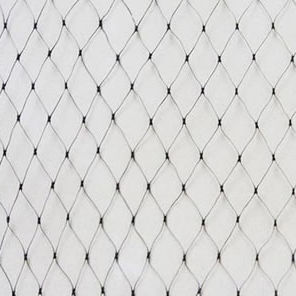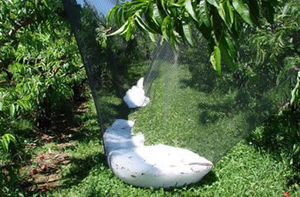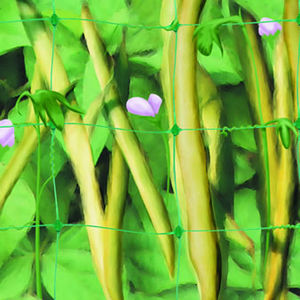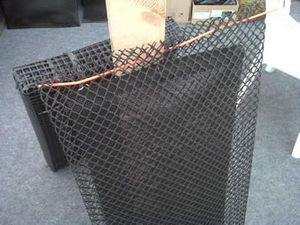
- Horticulture
- Containers & Substrates
- Shade netting
- plastic screenmesh

- Products
- Catalogs
- News & Trends
- Exhibitions
Shade netting polyethylenepolypropylenefor crops
Add to favorites
Compare this product
Characteristics
- Application
- shade
- Material
- polyethylene, polypropylene
- Other characteristics
- for crops
Description
Shade cloth are mainly made of high density polyethylene and polypropylene, which are all UV stabilized. Shade cloth can offer protection for crops, flowers, livestock, greenhouse, construction sites and residences from burning sunlight. There are main two type of shade cloth: woven shade cloth and knitted shade cloth.
Woven shade cloth
The woven shade cloth is made of 100% UV stabilized polypropylene. It is extremely durable for all types of shade applications. It is ideal for use on greenhouses and typically 30% heavier than knitted polyethylene shade cloth. The service life of the woven shade cloth is about 10 to 12years. The disadvantage of the woven shade cloth is that it will unravel if it is cut or a puncture occurs. It is also not as versatile as the knitted shade cloth.
The woven shade cloth use grommet and reinforcement tape. The taped edged and double stitched for extra holding power.
*Prices are pre-tax. They exclude delivery charges and customs duties and do not include additional charges for installation or activation options. Prices are indicative only and may vary by country, with changes to the cost of raw materials and exchange rates.








